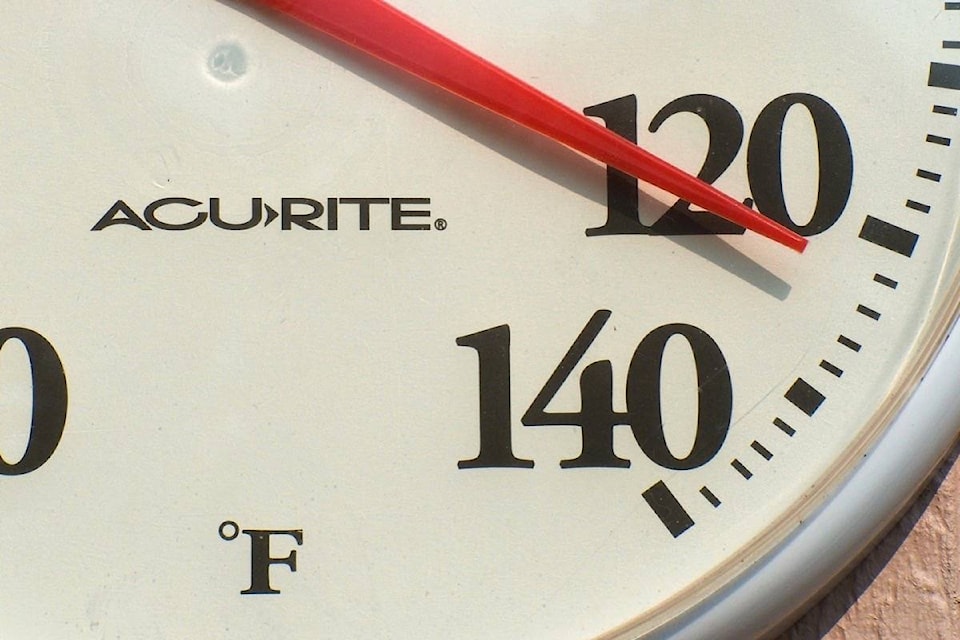British Columbians seeking refuge from the summer heat are increasingly turning to air conditioning, according to a new report by BC Hydro. A recent survey also finds that people in the Southern Interior are the best at keeping their homes cool in a responsible way.
The report—“Cold comfort: The rising use (and cost) of air conditioning in B.C.”—reveals that A/C use in the province has more than tripled to 34 per cent since 2001. This upward trend will likely continue, as 25 per cent of British Columbians are considering purchasing an air conditioner this summer.
“Record heat and long stretches of dry weather are becoming the new norm in the province, and BC Hydro’s meteorologists are predicting another hot summer this year,” says Chris O’Riley, BC Hydro’s president and chief operating officer. “Summer demand for power is rising, largely due to higher A/C usage.”
More homes in the Southern Interior use air conditioning than any other region in B.C. This is not surprising, given that places such as Osoyoos, Penticton, Ashcroft, Lillooet, and Lytton are often among Canada’s summer hotspots. However, the use of air conditioners across the province is growing. In the relatively moderate climate of south coastal B.C., a trend towards high-rise apartments—often glass-walled, and with little air flow—is helping to drive A/C adoption. In the past three years, the use of portable or room air conditioners in the Lower Mainland has grown by 23 per cent.
As refreshing as it is to have a nice, cool home as the thermometer heads higher, cold comfort comes at a cost. Running a central air conditioner for nine hours a day over the summer costs around $300, compared to just $6 for a fan for the same amount of time.
A recent survey commissioned by BC Hydro also found that 93 per cent of British Columbians are adding to their energy bills by setting A/C units lower than the BC Hydro-recommended 25 degrees Celsius. For example, 20 per cent of respondents in the Lower Mainland and on Vancouver Island set their thermostat between 17 and 19 degrees Celsius, while 32 per cent of residents in the North set their thermostat in the same range.
The survey results show that residents in the Southern Interior tend to be the best at guarding their homes from heat, and at setting their air conditioning units at the recommended temperature.
It is estimated that every degree lower an air conditioner is set can increase cooling costs by 3 per cent. Adding to their costs, more than 40 per cent of British Columbians surveyed said they always or sometimes leave their air conditioners running when they are not at home.
What about air conditioning in your car? While running the A/C system can increase fuel usage in older vehicles, modern vehicles are much more efficient. And when you are driving at highway speed, it is more economical to use the A/C than to open the windows, as this will increase the aerodynamic drag on your car and make the engine work harder, leading to increased fuel consumption.
British Columbians can still beat the heat and save money. Close the windows or doors when the temperature outside is hotter than the temperature inside, and shade your windows, which can block out up to 65 per cent of the heat. And don’t leave fans on when you aren’t at home. Fans have a cooling effect on the skin, but don’t cool the air, so there’s no point leaving them on when there’s no one in the house.
editorial@accjournal.ca
Like us on Facebook and follow us on Twitter
